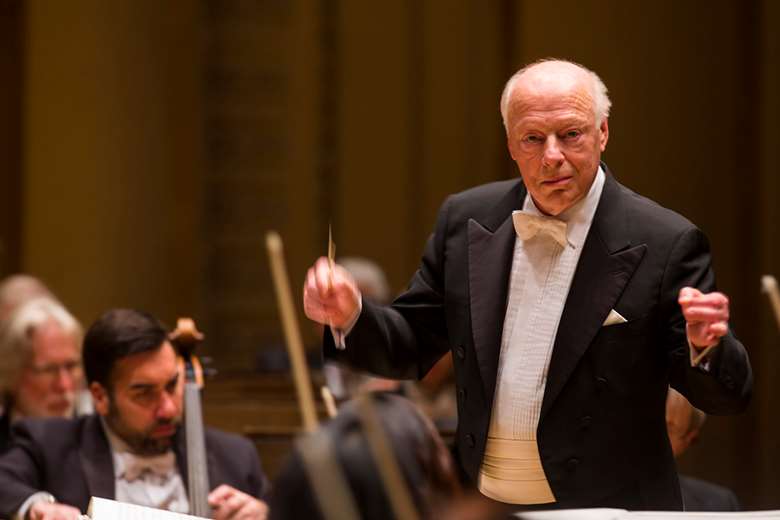Haitink in the recording studio – a reminiscence
Simon Woods
Tuesday, November 2, 2021
The former EMI producer, now President and CEO of the League of American Orchestras, recalls working with the great conductor

Register now to continue reading
Thanks for exploring the Gramophone website. Sign up for a free account today to enjoy the following benefits:
- Free access to 3 subscriber-only articles per month
- Unlimited access to our news, podcasts and awards pages
- Free weekly email newsletter








